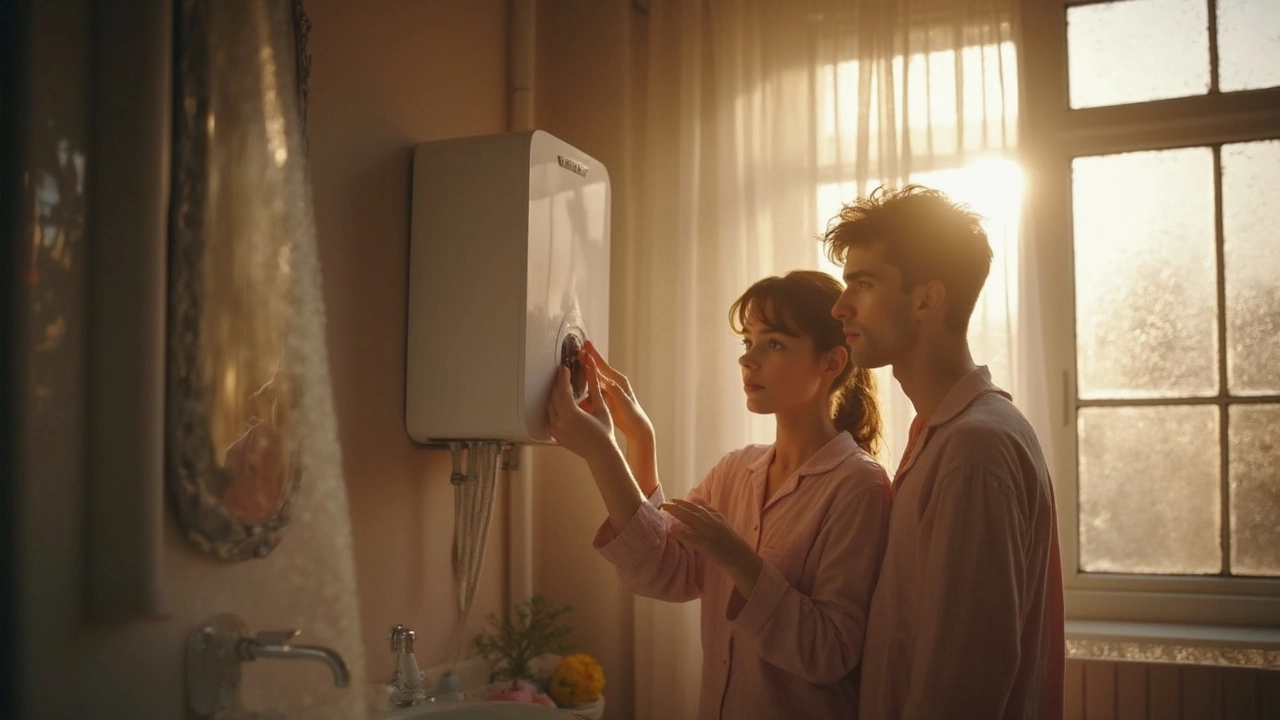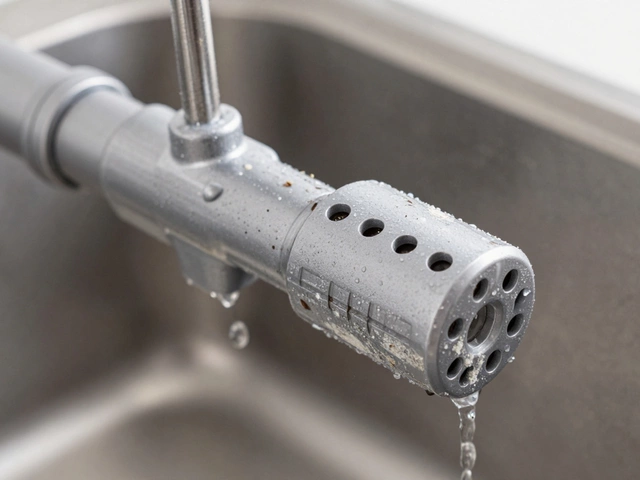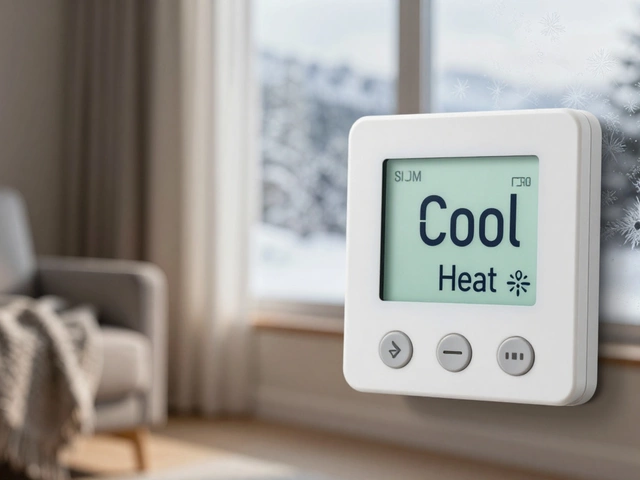Hot Water Problems: Why Your Water Isn’t Warm and How to Fix It
When dealing with hot water problems, any situation where you expect warm water but get cold or lukewarm instead. Also known as hot water issues, they can turn a simple shower into a chilly surprise and waste energy. In Warwick, old pipework and hard water make these headaches common, but the good news is most causes are easy to pinpoint. Hot water problems affect kitchens, bathrooms, and even utility rooms, so catching them early saves both comfort and money.
Key Culprits Behind Cold Showers and Lukewarm Baths
The first thing to check is the water heater, the appliance that heats domestic water using electricity or gas. If the heater’s thermostat is set low or the heating element is failing, the whole system loses heat – a classic example of a hot water problem requiring a heater inspection. Next, examine the mixing valve, a device that blends hot and cold water to a safe temperature. A stuck or worn valve can let too much cold water in, causing the shower to feel tepid while the sink stays hot. The plumbing system, the network of pipes delivering water throughout the house can also cause loss, especially if there are long runs of uninsulated pipe or hidden leaks that drain heat before it reaches the tap. Finally, the shower valve, the control that directs water flow to the shower head may malfunction, preventing hot water from reaching the shower head while the sink works fine. Hot water problems therefore encompass temperature loss in showers, require checking the water heater, and are influenced by mixing valve failure – each step builds a clear path to a solution.
Start with a quick DIY test: run hot water at a sink far from the problem area and note the temperature. If it’s hot, the heater is likely fine and the issue lies downstream – focus on the mixing valve or shower valve. Feel the pipes near the boiler; icy or sweating pipes signal poor insulation. If the heater itself isn’t delivering heat, look for error codes on digital displays or listen for strange noises that hint at a failing element. When in doubt, especially with gas‑powered heaters or complex valve assemblies, call a qualified Warwick technician. Our team knows how to safely diagnose thermostat settings, replace faulty valves, and tighten insulated pipework, ensuring you get steady hot water without a repeat visit. Below you’ll find articles that walk through each of these checks, show how to spot early warning signs, and explain when professional help is the smartest move. Dive in to arm yourself with the knowledge you need to beat the cold water blues.
Wondering why your hot water suddenly vanished? Your water heater's reset button might be the culprit. This article breaks down how to spot the signs your heater needs a reset, what causes it to trip, and simple steps you can take before calling a pro. Learn easy troubleshooting tips, safety warnings you shouldn't ignore, and real-life pointers to keep your hot showers coming. One read and you'll know exactly when to hit that red button—and when to steer clear.


